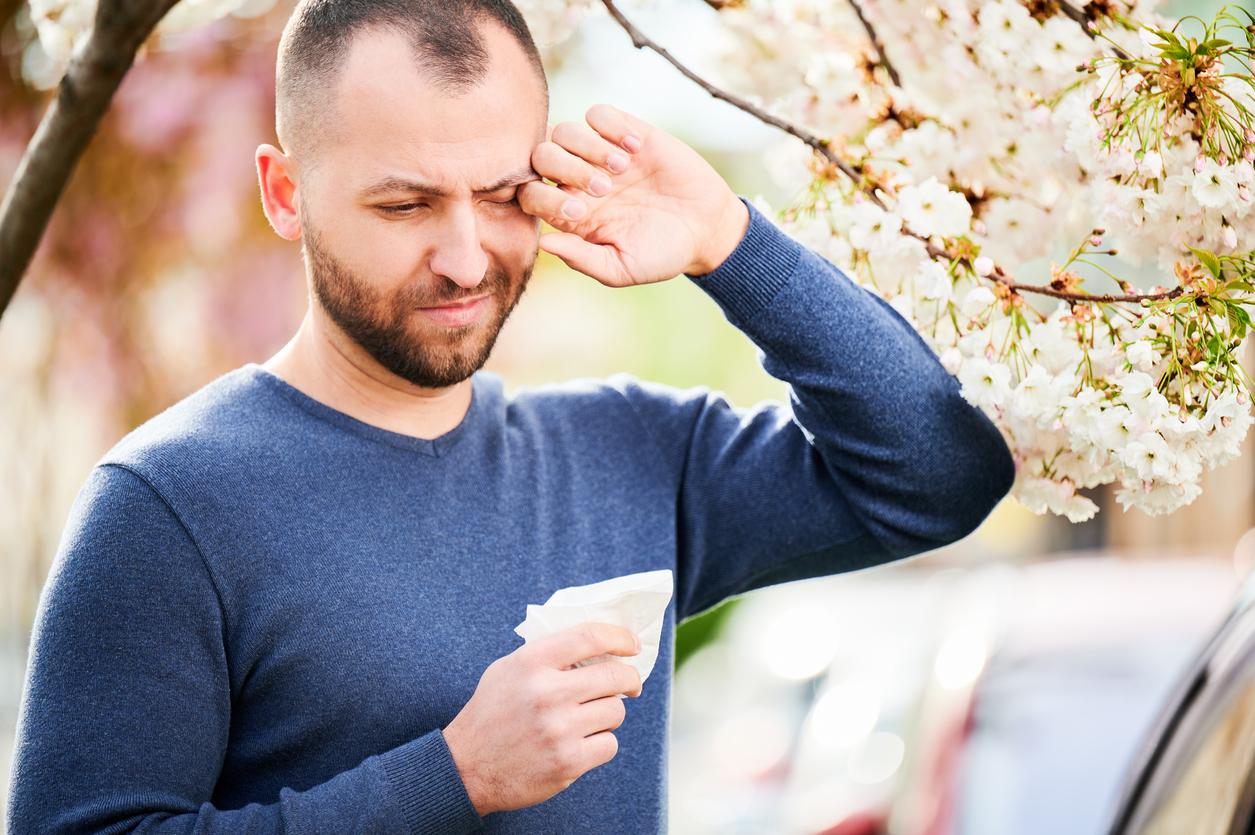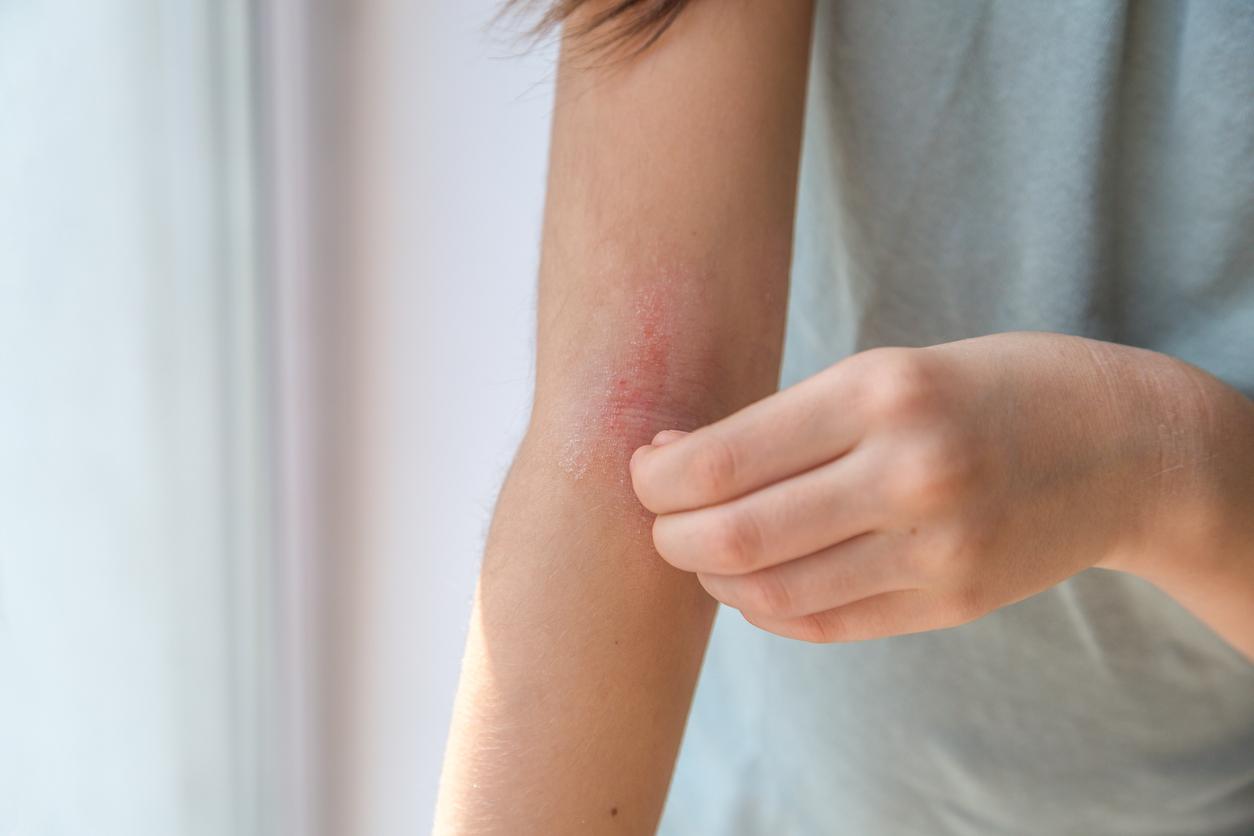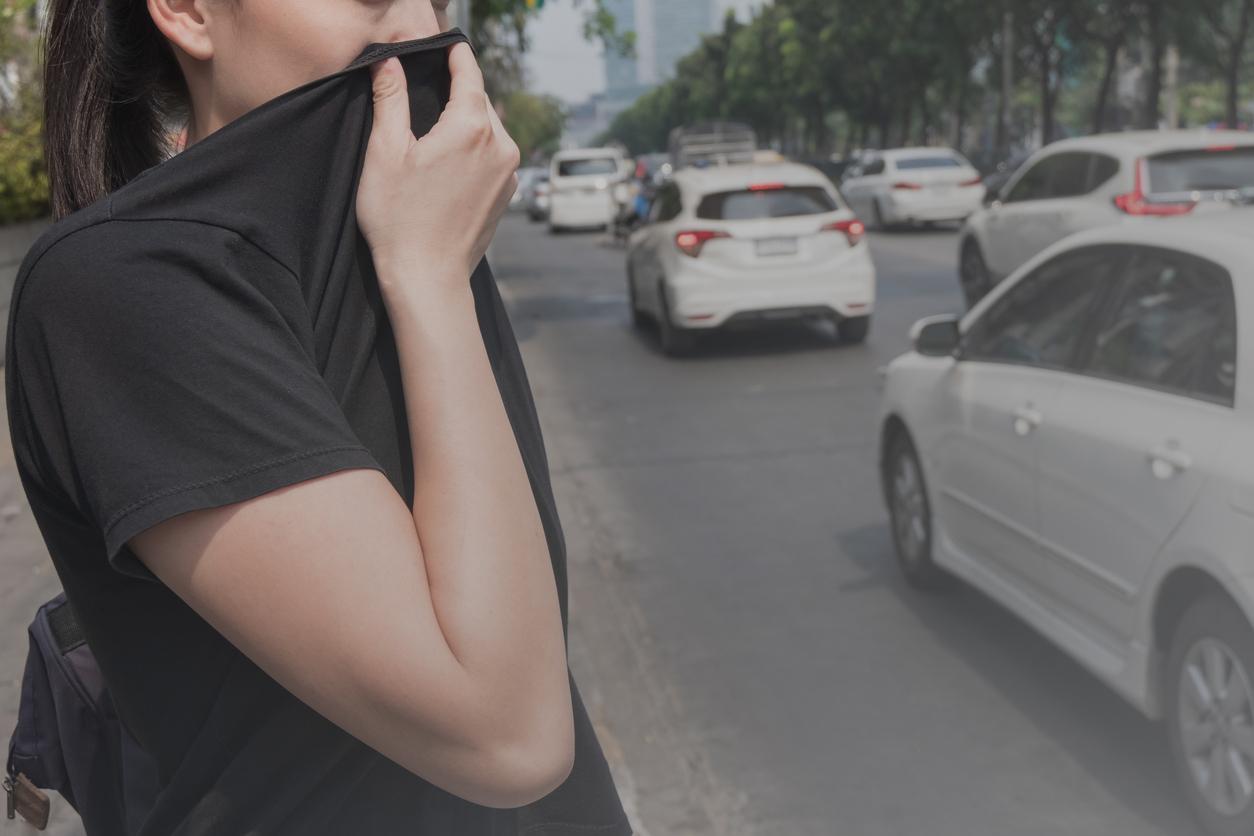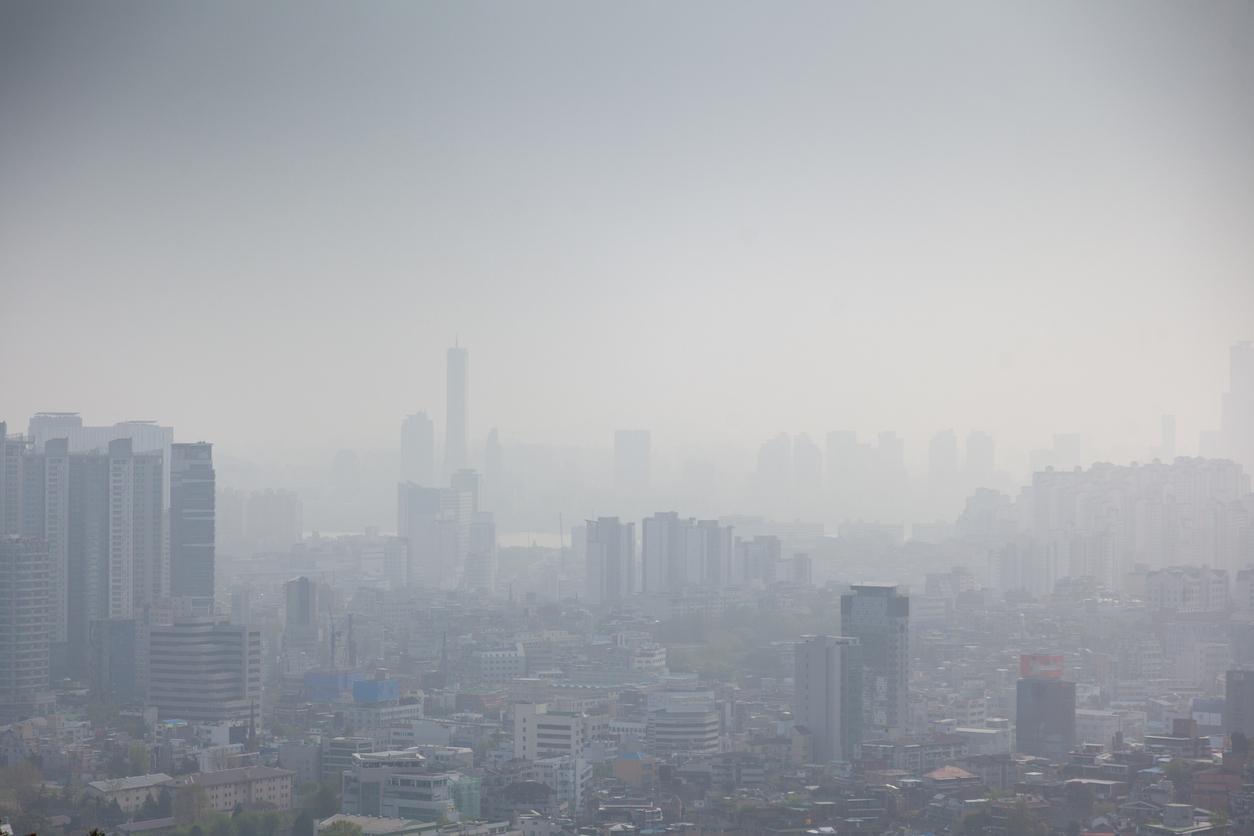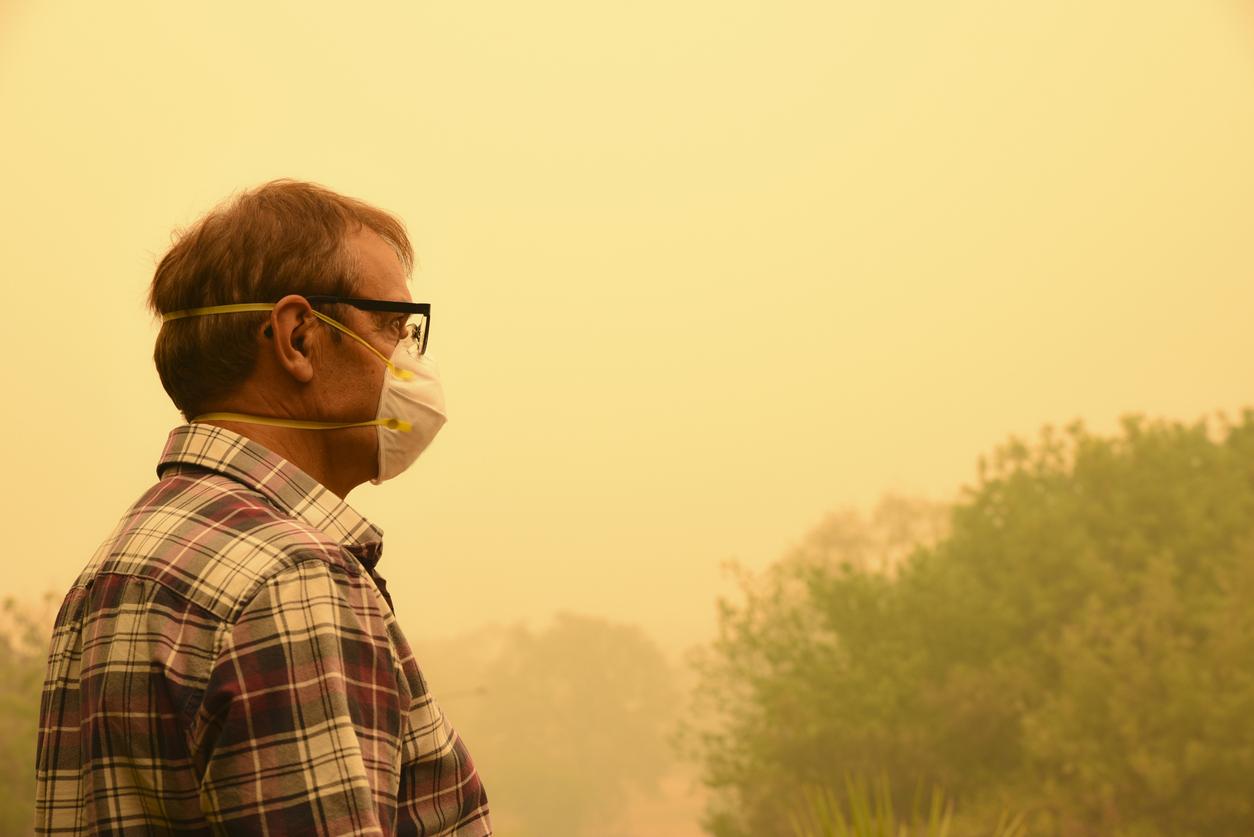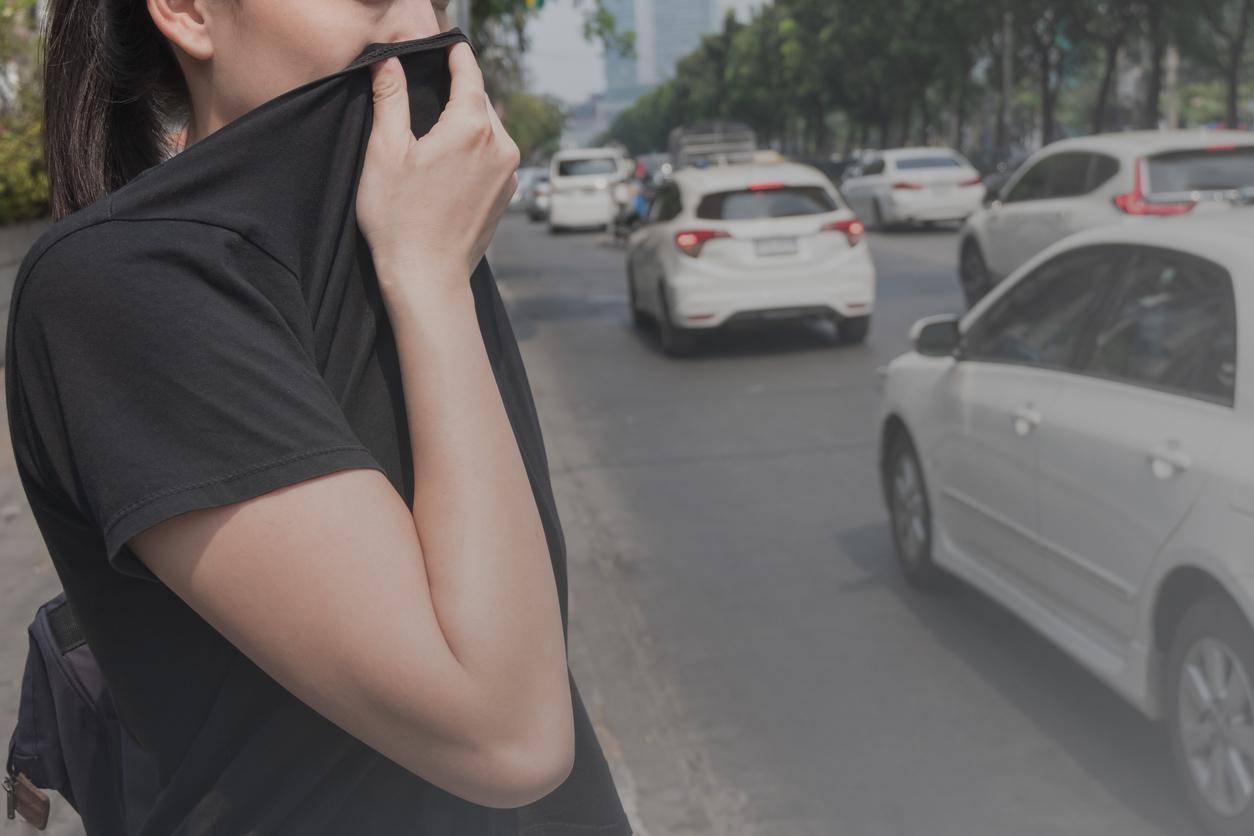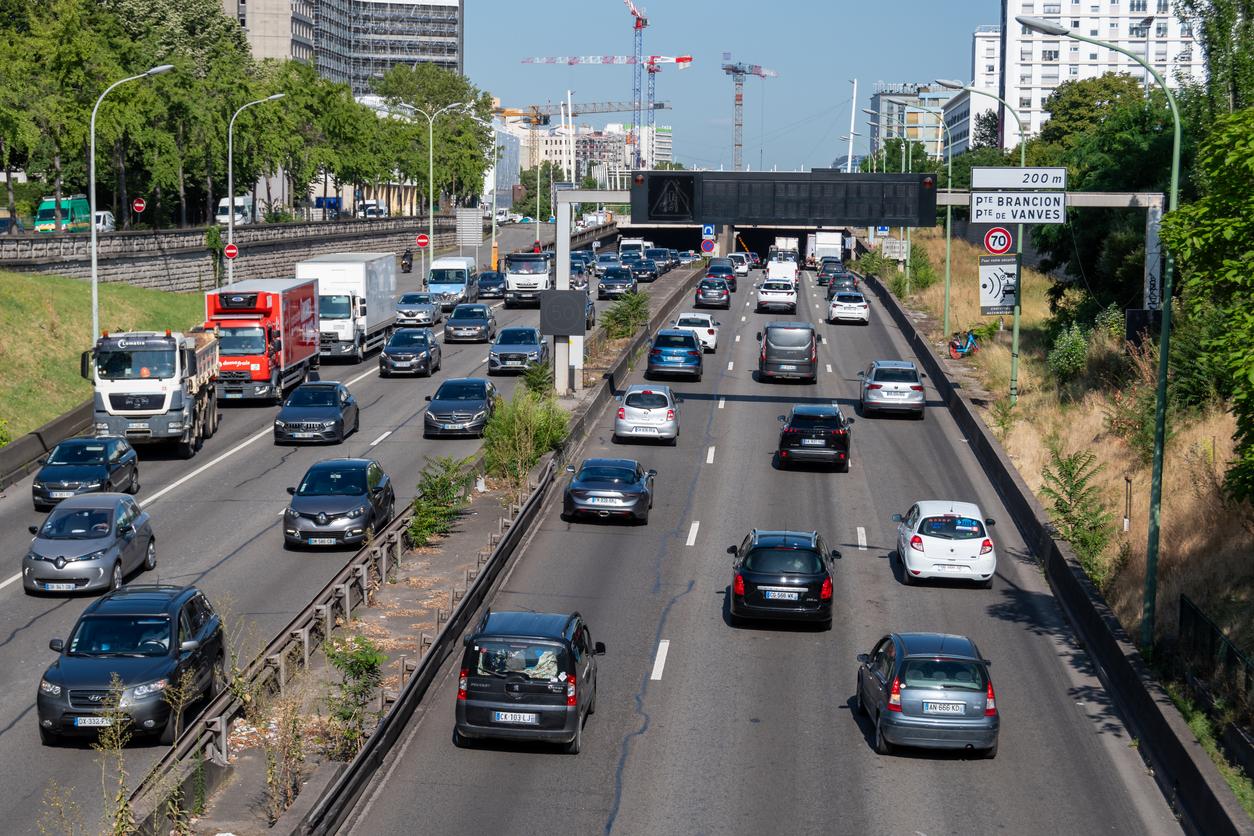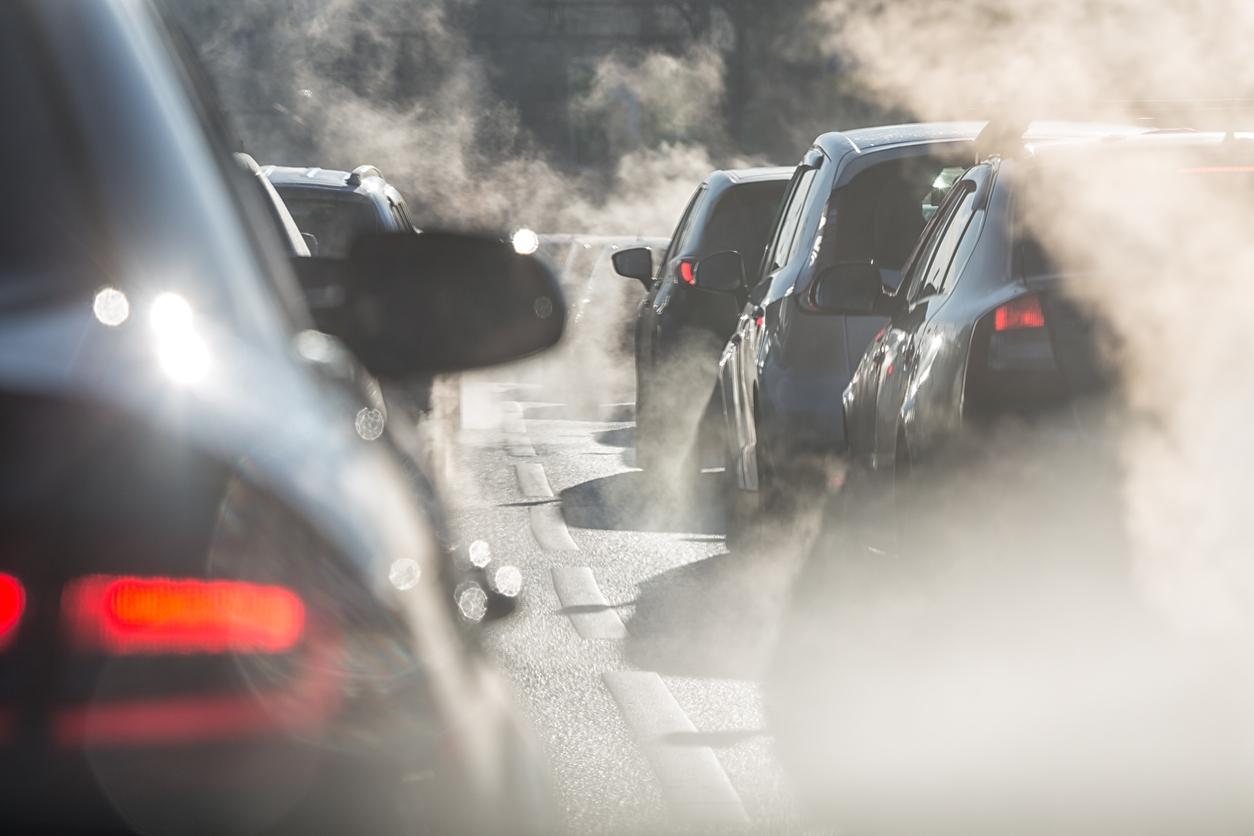In the coming days, the episode of fine particle pollution will intensify and extend to territories other than Ile-de-France. Five other regions will soon be affected.
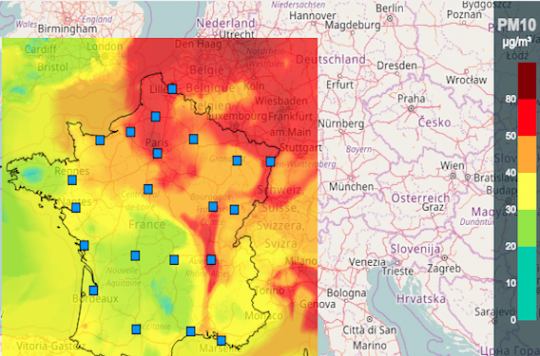
France’s Island is currently undergoing a major episode of air pollution due to sustained levels of fine particles (PM10). To face it, the Prefect of Police de Paris has just renewed for Wednesday the alternate traffic system within the capital and in 22 municipalities in the inner suburbs.
Only vehicles with odd number plates will be able to circulate this time. And public transport will be free as well as residential parking and Vélib ‘and Autolib’ services for new day users.
Drastic measures that could soon see the light of day in other French cities because of local episodes of pollution due to the current high pressure conditions. In the days to come, the Ministry of Health announces a peak in atmospheric pollution which will intensify and extend to other regions. It will soon concern Hauts-de-France, Normandy, Grand-Est, Auvergne Rhône-Alpes and Bourgogne Franche-Comté.
The most fragile populations
Consequently, the Directorate General of Health (DGS) issued a press release on Tuesday. It calls on all citizens to be extremely vigilant, in particular for the most vulnerable populations.
The DGS points out that these episodes of pollution can lead to the appearance or aggravation of various symptoms (increase in allergic symptoms and asthma attacks, irritation of the eyes, throat and nose, nasal hypersecretion, shortness of breath, etc. ), especially in infants and young children, pregnant women, the elderly, people with asthma or suffering from cardiovascular or respiratory pathologies.
The recommendations
These vulnerable populations must, for example, seek advice from their doctor to find out whether their treatment should be adapted. And if they feel their symptoms are less bothersome when they stay indoors, they will have to cut short or postpone the outings. Finally, the ministry advises them to avoid going out in the early morning and at the end of the day and around major highways.
But the DGS also issues recommendations for the general population. They consist on the one hand in reducing and postponing intense physical and sporting activities, outdoors or indoors, until the end of the episode if symptoms are felt (unusual fatigue, sore throat, stuffy nose, cough , shortness of breath, wheezing, palpitations). On the other hand, in case of unusual discomfort (cough, sore throat, stuffy nose, shortness of breath, wheezing), take advice from your doctor or pharmacist.
Extended surveillance
Finally, the DGS stresses that throughout the duration of the peak, the prefectures and the Regional Health Agencies (ARS) of the regions concerned are closely monitoring the situation. Following this monitoring carried out in real time, several prefectural measures were taken to limit the impact on health: reduction of the maximum authorized speed, reduction of emissions from industrial establishments, ban on open burning, etc. Management concludes by indicating that at this stage, no significant change in overall health indicators related to air pollution has been detected.
The impact of alternating circulation
In a statement released on Monday, Airparif reports a quantified assessment of the impact of alternating traffic implemented in March 2014 during a spring pollution episode. It had led to an average drop in traffic of -18% in Paris and -13% in the inner suburbs.
But above all, there had been an impact along the main roads with an average reduction in pollution of -6% for particles and -10% for nitrogen oxides. At peak times, these drops were more significant, up to -20%!
.







